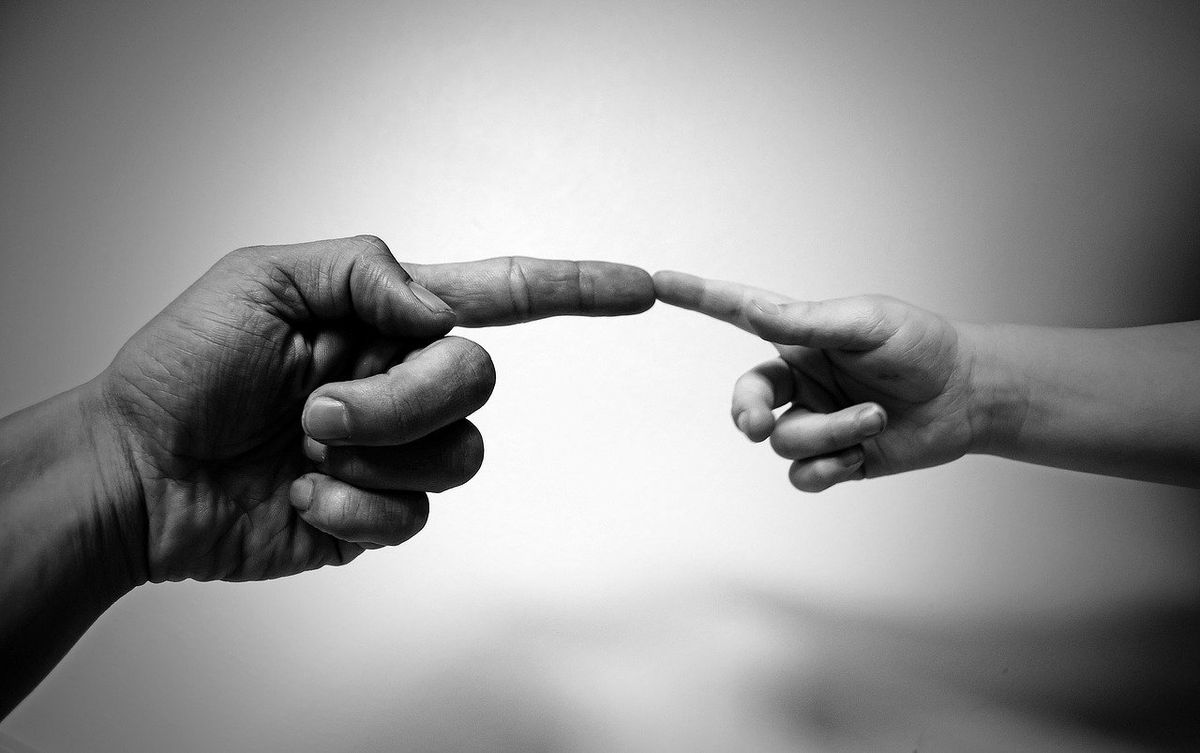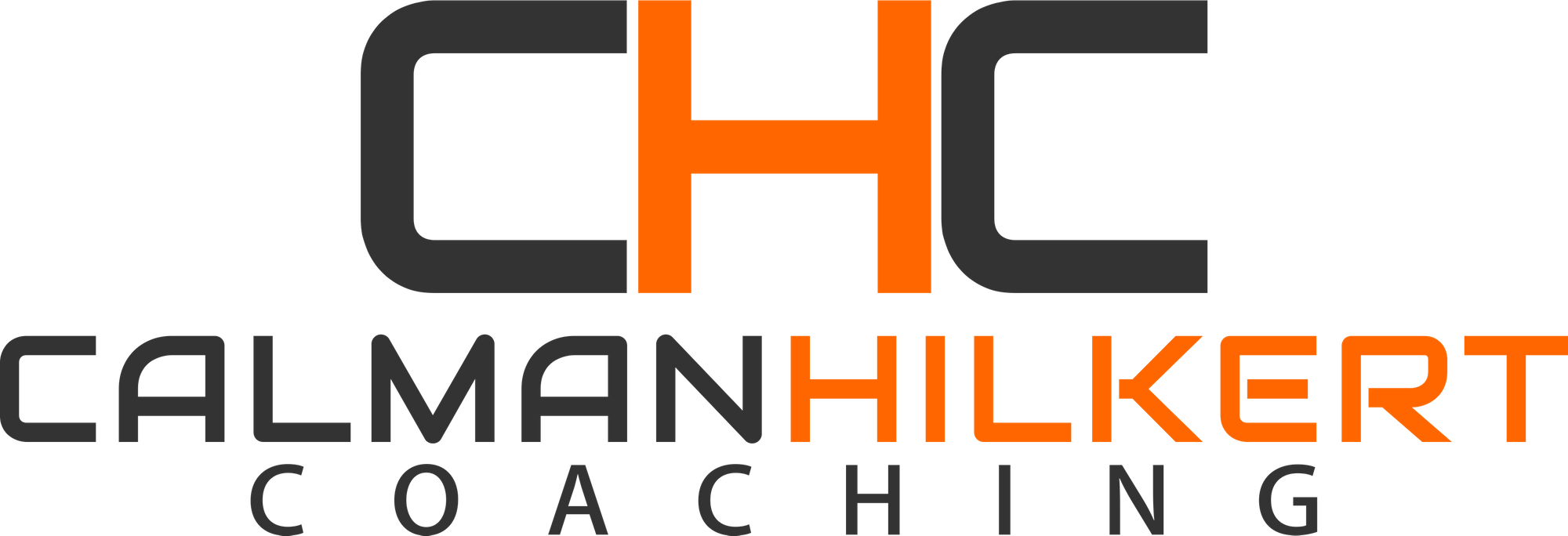The Time for "Yes, And"
No matter how differently someone sees the world, they can't be smart enough to be 100% wrong. Therefore some part of everyone's perspective is true.

In a world that can feel so divided and hard to understand, I've leaned on Ken Wilber's idea of "Yes, And."
Here's how it works: imagine you are observing a conversation between two people with opposing ideas, perspectives, or viewpoints. Maybe one of the viewpoints is one you consider to be opposite your own. Now acknowledge that, as Wilber says, "No one is smart enough to be 100% wrong."
No one is smart enough to be 100% wrong.
This is important to internalize. No matter how differently someone sees the world, they can't be smart enough to be 100% wrong. Therefore some part of everyone's perspective is true. The more often we acknowledge this, the better chance we have to start with empathy, and to remain open to learning from and understanding one another. If our first instinct is to dismiss, we'll grow more divided.
You might be thinking, "Why should I be the one to acknowledge this in others? They sure aren't going to put in the work to understand me or my viewpoint..."
Well, from my non-expert-how-did-I-get-here-and-why-am-I-writing-about-this viewpoint, there are at least two reasons:
- It has to start with you.
- Understanding and empathy of others not only helps you navigate any dissension, it also enables you to cultivate true change for what you want to see in your community and the world at large. We have to work together.
The Time for “Yes, And”
Having acknowledged that everyone's perspective contains a partial truth, we can begin to dissolve the apparent dichotomies of today. How? With "yes, and."
"Yes, and" allows us to hold two seemingly opposing viewpoints at the same time. It helps us acknowledge that two viewpoints that appear to be opposite actually share some amount of truth and common ground.
The following are some examples of employing “yes, and” to current hot topics in our country. These by no means reflect my personal viewpoints, but rather they are suggestions of ways we could decrease divisiveness surrounding controversial topics.
- Stricter gun control measures are needed AND I believe in the second amendment.
- Masks should be worn AND personal liberty matters.
- Technology companies are mining our attention for profit AND they have created helpful tools.
“And” helps us to understand each other and find a middle ground that aims to best serve everyone, whereas “or” divides us and increasingly extends the chasm. “And” enables us to come together.
I specifically chose some hot-button issues above. No matter where you fall on how you might generally think about one of those examples (again, examples, not necessarily my viewpoints), can you see that there’s room for “and”?
As humbling as this can be to remember, finding room for “and”, improving civil discourse, and ultimately changing the world — starts with you.
If each of us would only sweep our own doorstep, the whole world would be clean. - Mother Teresa
On the website for The Social Dilemma there’s a graphic about how those committed to change can take action.
Notice how “Reboot Your Use” comes before “Rebuild the System”.
Be the change.
“Yes, and” is the foundation and language of improv. Improv requires that everyone remain open, work with one another, and create a story that everyone is proud to be a part of.
Let’s create our story.
